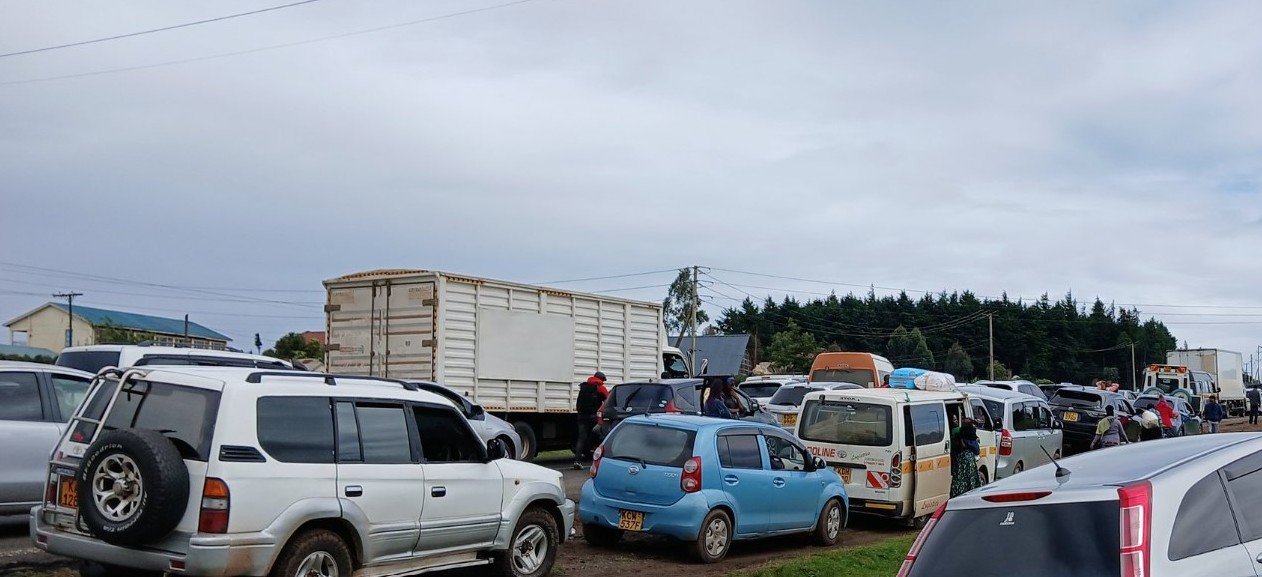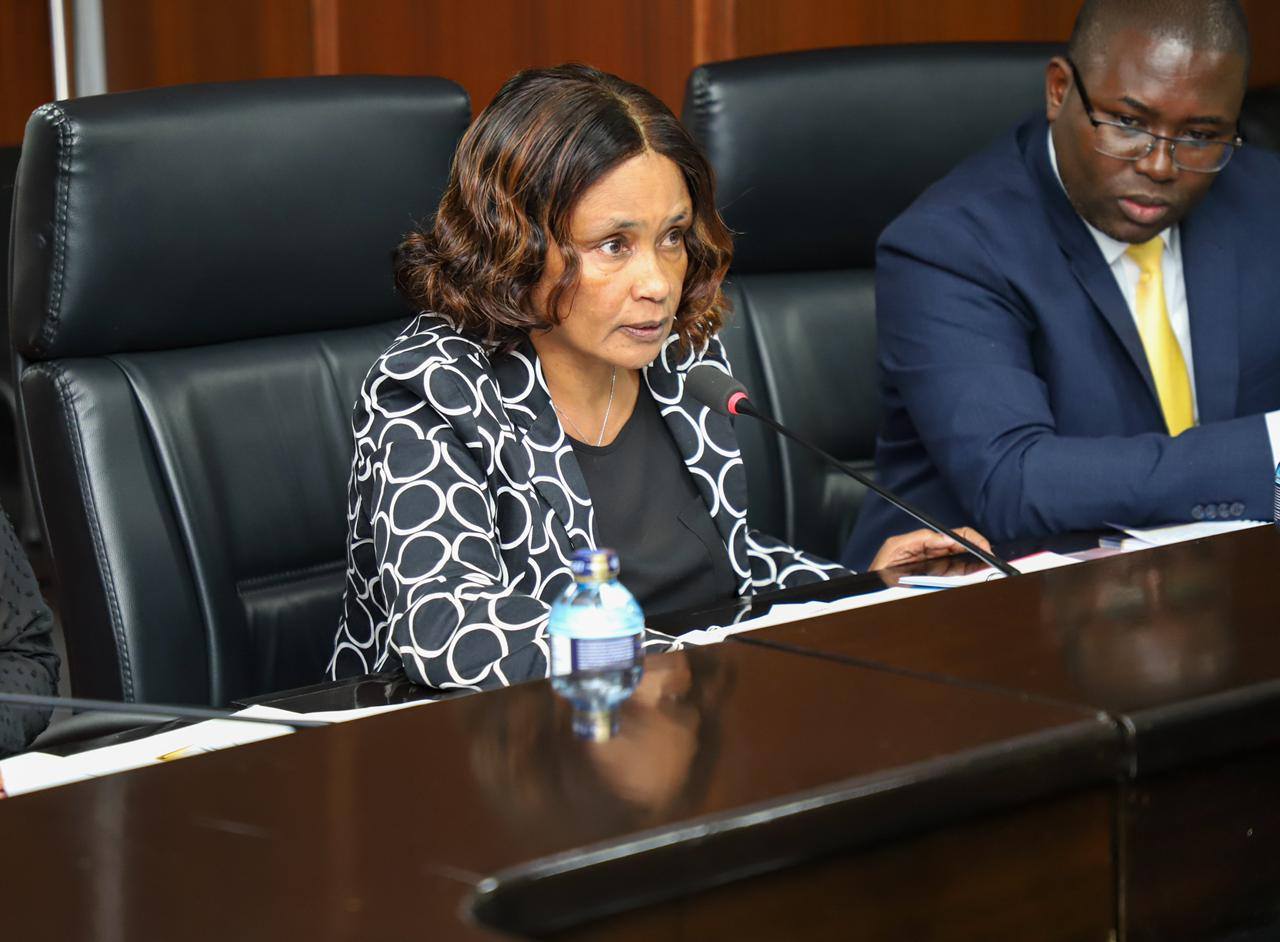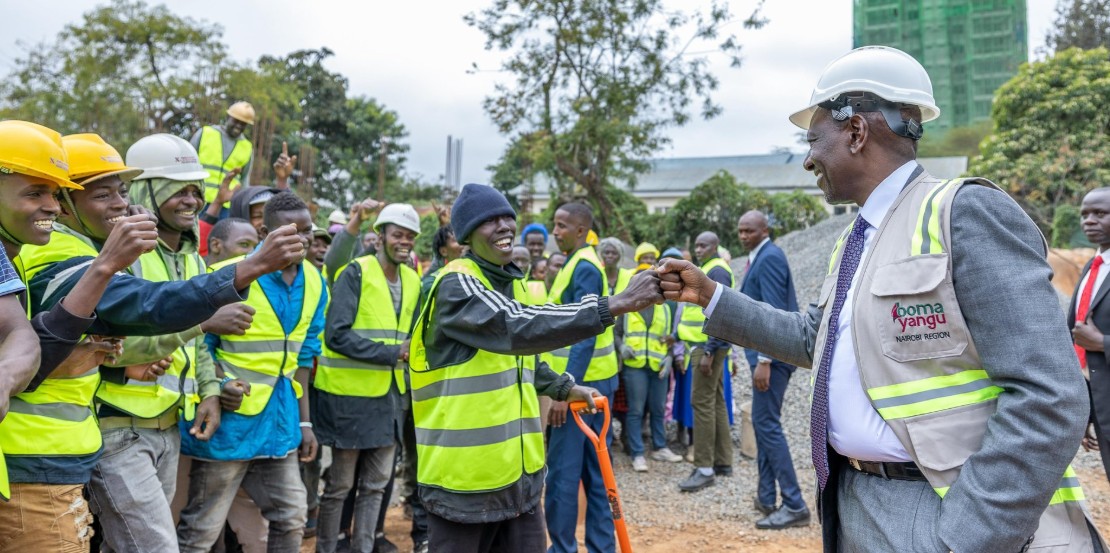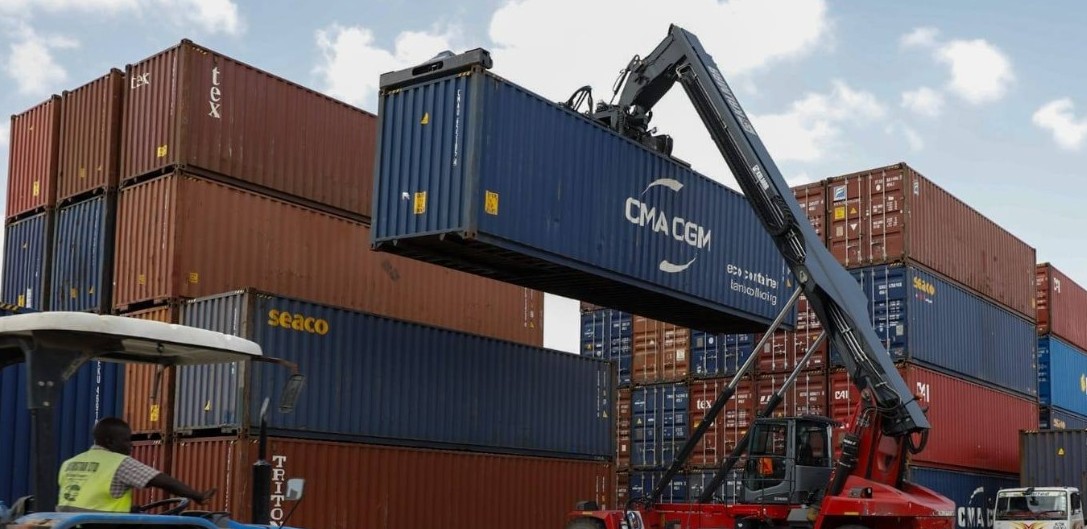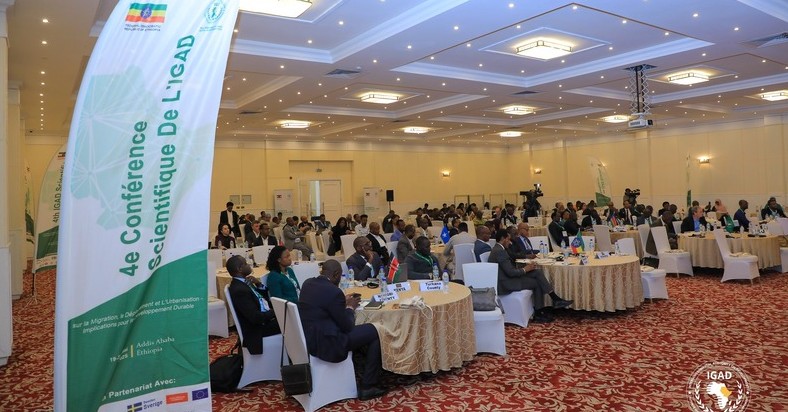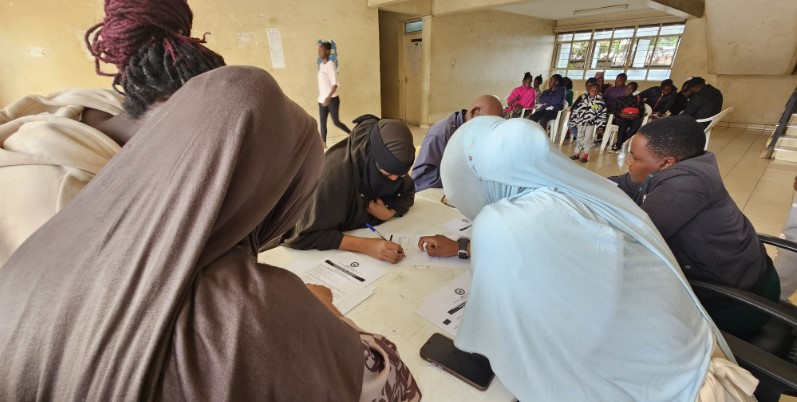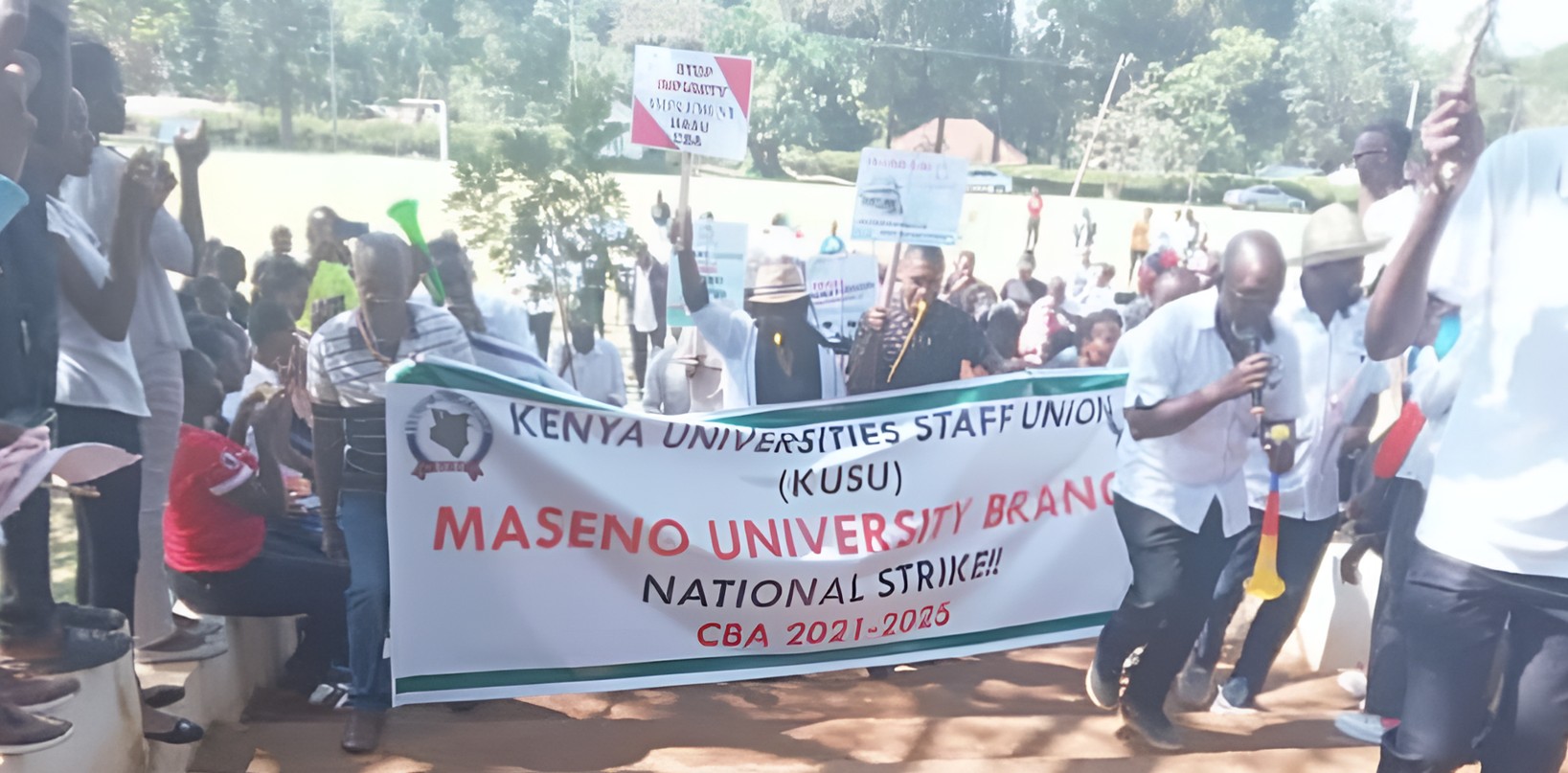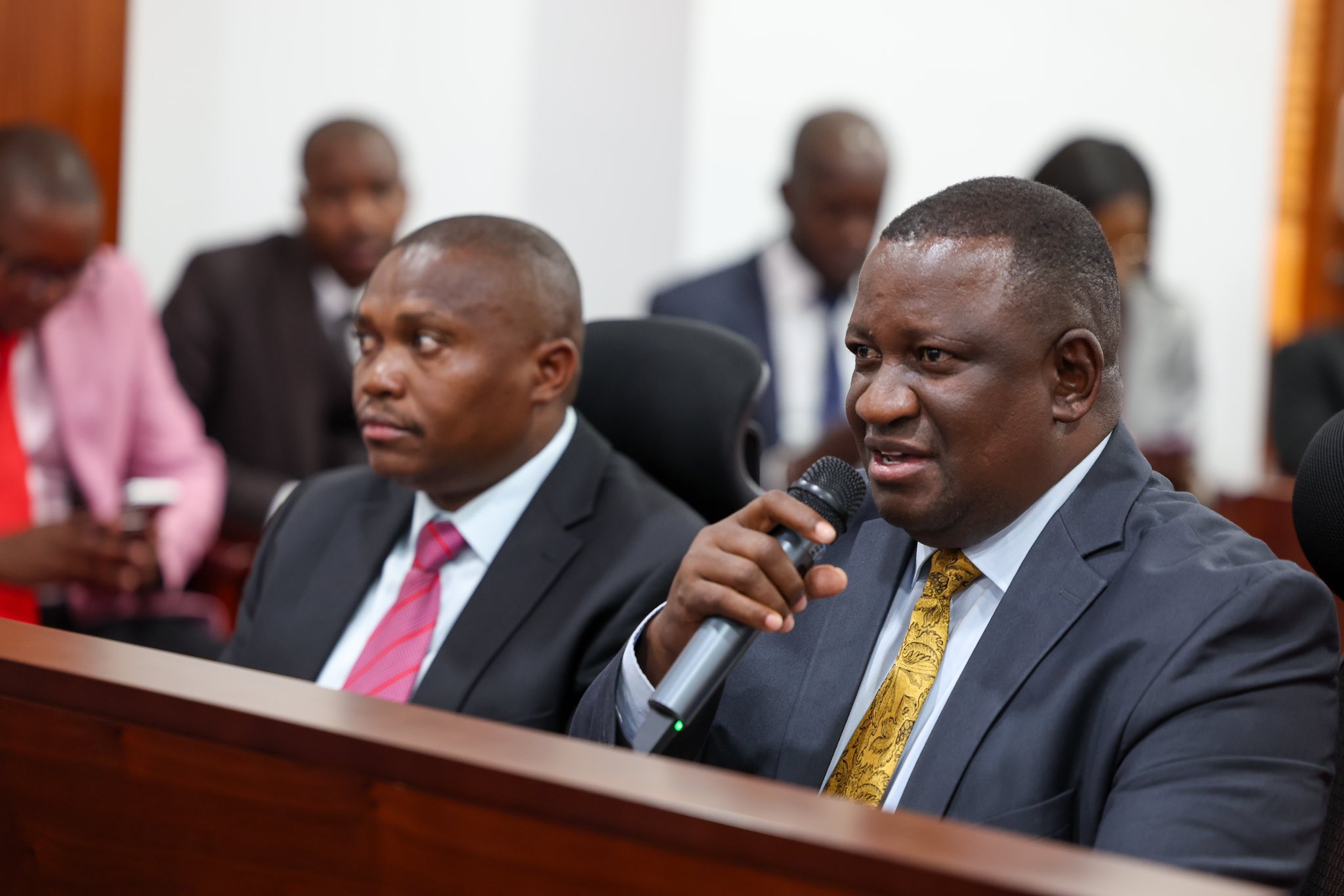Kenya launches new data plan to help tackle climate change and development issues
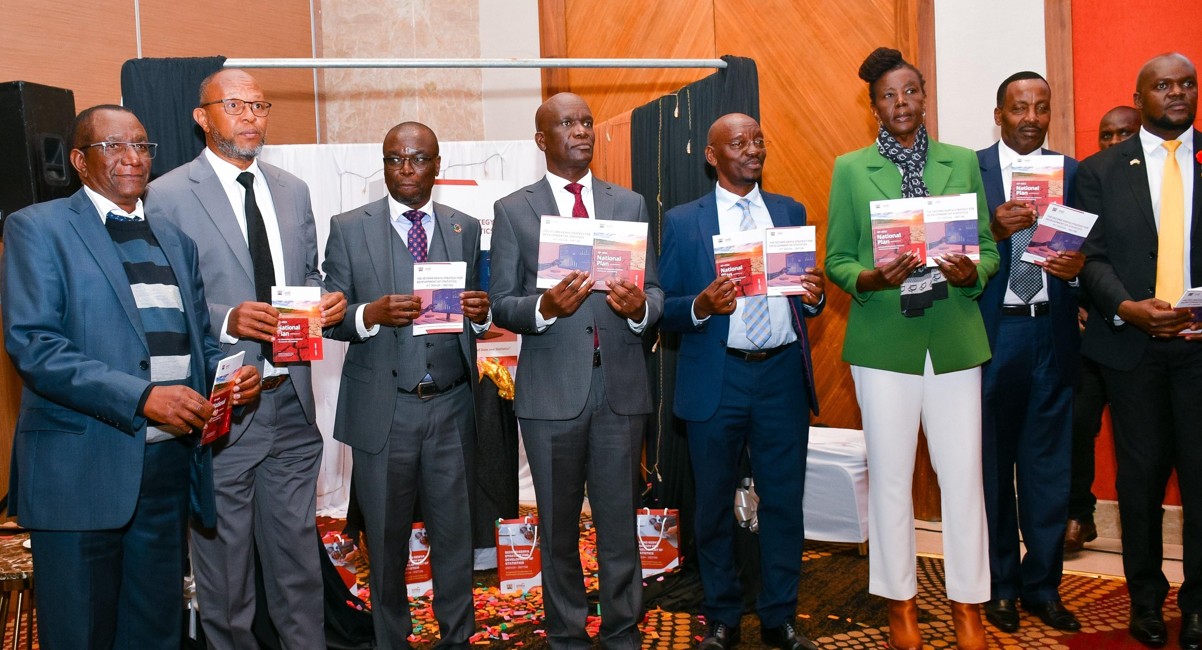
At the centre of this effort is the Kenya Strategy for Development of Statistics (KSDS) II, a roadmap designed to streamline how data is collected, processed, and shared.
To boost research and bridge data gaps experienced over the past five years, the Kenya National Bureau of Statistics (KNBS) has launched two strategic tools to strengthen the country’s data systems.
The move comes amid growing demand for accurate, timely, and policy-relevant statistics to help address pressing issues like climate change and broader social development challenges.
More To Read
- Fewer Kenyan women getting married, divorce rates on the rise - KNBS report
- Kenya’s current account deficit surges to Sh66 billion - KNBS
- Kenyan diaspora births surge 15 per cent to 5,694 amid population growth
- Kenya’s Q1 growth steady at 4.9 per cent despite service sector slowdown
- Birth certificate issuance drops as booklet shortage bites
- Uganda remains Kenya’s top export destination with Sh40.89 billion shipments in 2025
At the centre of this effort is the ‘Kenya Strategy for Development of Statistics (KSDS) II’, a roadmap designed to streamline how data is collected, processed, and shared.
The strategy aims to improve data quality, ensure consistency, and enhance coordination among various government and non-governmental agencies over the next three years.
It also provides guidance for crafting policies rooted in reliable data, whether at the local, national, regional, or international level.
KSDS II builds on the foundation laid by the first strategy, implemented between 2019/20 and 2022/23, while also addressing some of the gaps and challenges identified in the earlier phase.
“Despite the success, there were notable challenges that affected the implementation of KSDS I,” the report accompanying the strategy reads.
“These were: low levels of statistical literacy across society, inadequate statistical advocacy, inadequate resources for the data and statistics function across government, inadequate administrative data, and lack of a comprehensive national database.”
The statistics body says the demand for high-quality, timely and open data continues to grow across the country, driven by the need for evidence-based policies, strategic planning and innovation.
Inefficiencies
It, however, reckons that inefficiencies in the data value chain have historically limited the full utilisation of available data, reducing its impact.
It is on this point that the KNBS Director-General Macdonald Obudho said Kenya’s Statistical System must evolve through modernisation and reform in order to keep pace.
“The KSDS II comes at a pivotal moment when the global statistical landscape is undergoing rapid transformation,” Obudho said.
“The development of KSDS II adopts a top-down approach where members of the National Statistical System and stakeholders of the data ecosystem identify the high-level priority areas of the statistical system and how they will be achieved through KSDS II.”
He added that, in turn, all producers of data and statistics are expected to align their data and statistics plans to the priority areas of the new strategy.
The development of KSDS I followed a bottom-up approach, which involved participating institutions developing their statistics plans, which were consolidated into the Strategy.
Obudho noted that the implementation of KSDS I led to several notable achievements, key among them being: the review of the Statistics Act; development of the Kenya Statistical Quality Assurance Framework; and establishment of a data science centre.
He spoke on Wednesday in Nairobi during the launch of the report, which also included the unveiling of the 2025–2028 national plan for advancing Environmental-Economic Accounting.
The plan sets out guidelines for seamless integration of the System of Environmental-Economic Accounting (SEEA) into the country’s statistical and policy frameworks.
The system, internationally recognised and adopted by Kenya, combines environmental and economic data to support informed policymaking.
Notably, the plan emphasises the development of comprehensive environmental-economic accounts across the various sectors, including land, water, forests, ecosystems, energy, and minerals.
Through its implementation, the country seeks to register substantial improvements in data quality, informed policy decisions, enhanced coordination among stakeholders, and strengthened capacity for resource management.
Top Stories Today
